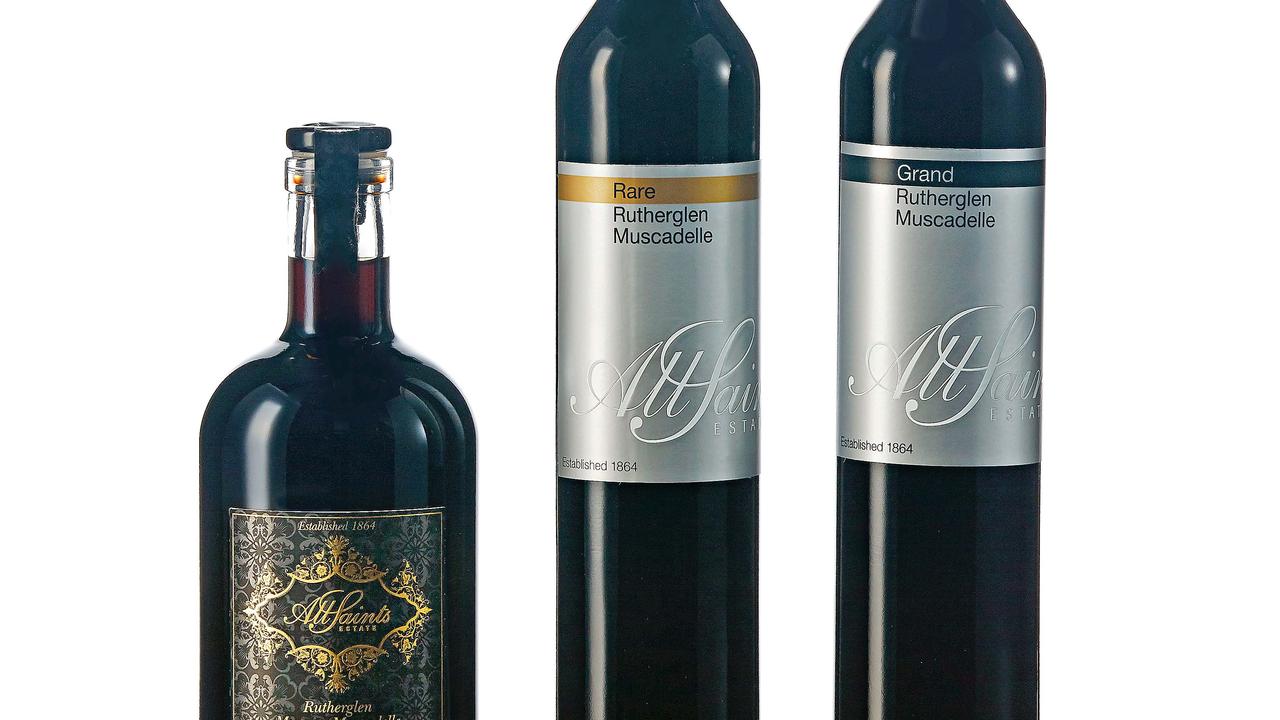Tracey Lister Andreas Pohl Made in Vietnam
After 17 years in and out of Vietnam, an expat chef shares her secrets.
Australians are curious travellers, and without a culinary culture to call our own. So it’s not surprising that some of the great books on specific food cultures have been written by Aussie expats. Peeling back the layers on cuisines that have developed over centuries is a fascinating process for a certain kind of mind, that of the culinary archaeologist.
I’m thinking of David Thompson’s Thai Food and its less weighty but no less excellent successor Thai Street Food. I’m thinking of Greg Malouf’s many and varied titles on the food of the Middle East. I’m thinking, too, of the latest book by Melbourne expat chef Tracey Lister and her husband Andreas Pohl, Made in Vietnam, a collection of home-style recipes (and plenty more) “from Hanoi to Ho Chi Minh”.
I’ve always been interested in Australian expats, and if I bumped into Lister on a Hanoi street, drinking coffee (did you know Vietnam is the second largest producer of coffee in the world?), I’d have no trouble asking about her 17 years in and out of Vietnam that has led to such a wealth of understanding of the nation’s food culture and secrets.
For now, however, I’ll need to rely on the book, her third. After moving from Melbourne to Hanoi in 2000 to work at a hospitality school aimed at helping underprivileged kids gain real-life skills, Lister has been more or less resident in the capital. Made in Vietnam may not have quite the glamour of the aforementioned titles, the big-budget production, the fancy binding and stock, but it has something perhaps more important: wisdom and enthusiasm.
Moreover, it reminds us of the nuance we don’t see often enough in Vietnamese food commercially in Australia, where the restaurant landscape is still family-driven, value-first and heavily Chinese-influenced. Of the interplay, as the authors put it, between the delicate flavours and aromas of fresh herbs such as coriander, knotweed and mint, and strong flavours such as nuoc mam, or fish sauce. I’m thinking of dishes such as raw fish salad with young galangal and roasted rice powder; braised pigeon with globe artichokes and lotus seeds; or amazing Vietnamese salads such as squid and pomelo flavoured with mint, dill, coriander, lemongrass and a typical dressing of lime, fish sauce and sugar.
“How is it even possible to define a national cuisine with the breadth and depth of Vietnamese food?” Pohl asks in the introduction. “A cuisine that encompasses food from the mountains close to the Chinese and Lao borders and from a 3400km coastline. A cuisine that is marked by both the four seasons of the Red River Delta in the north and the tropical wet and dry seasons of the Mekong Delta in the south. A cuisine that has assimilated an array of culinary influences from French and Chinese to Khmer and Cham.” In toto, the picture they paint is a rewarding one.
Not living within cooee of an Asian grocer, I road tested Made in Vietnam with a simple recipe for chicken roasted after marination in a paste of garlic, shallot, star anise, cinnamon, soy and fish sauces, honey and sesame oil. It was wonderful, and the leftovers made an excellent soup. More importantly, it has rekindled in me a determination to do more real Vietnamese cooking at home. And that, I reckon, is a proper compliment.


